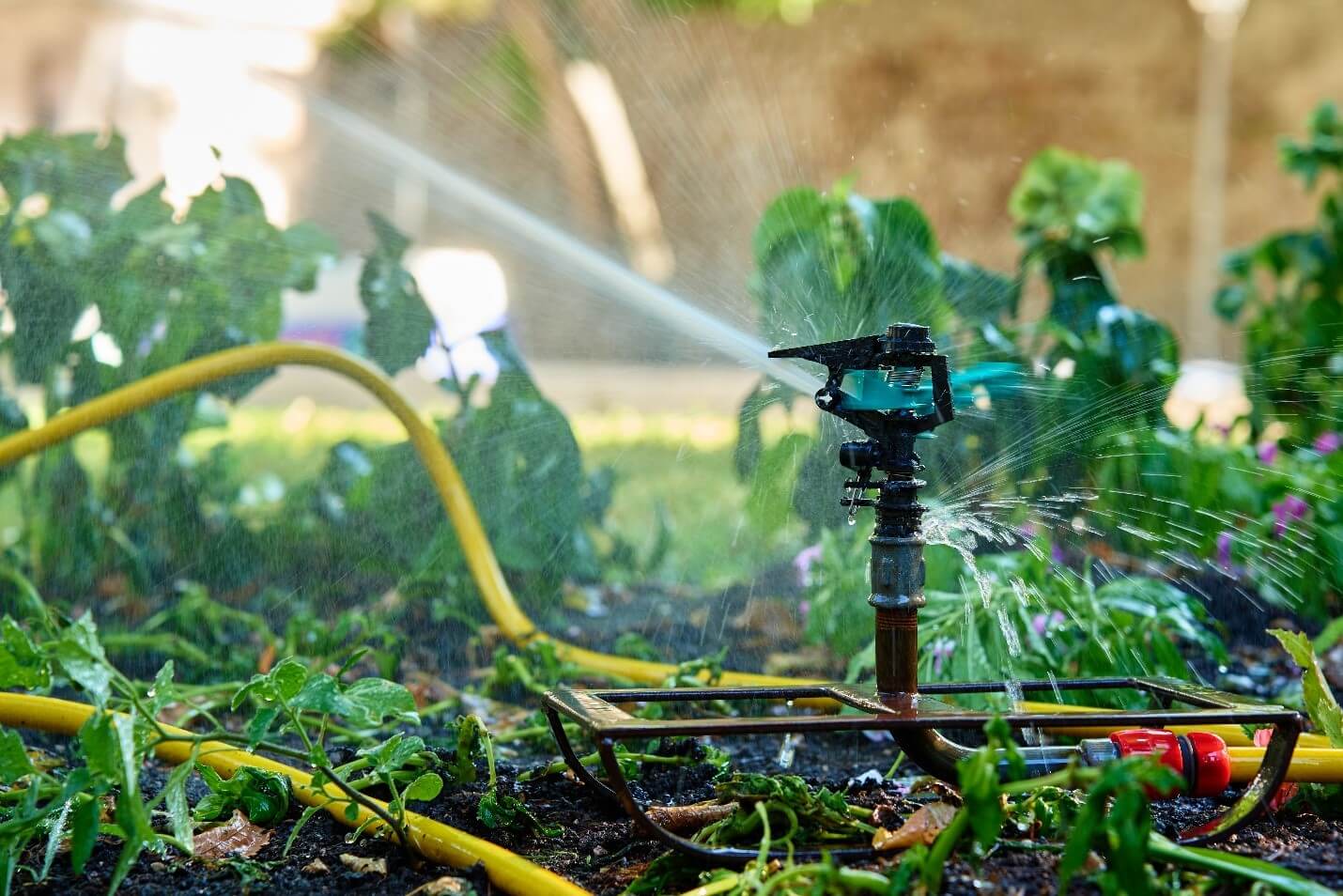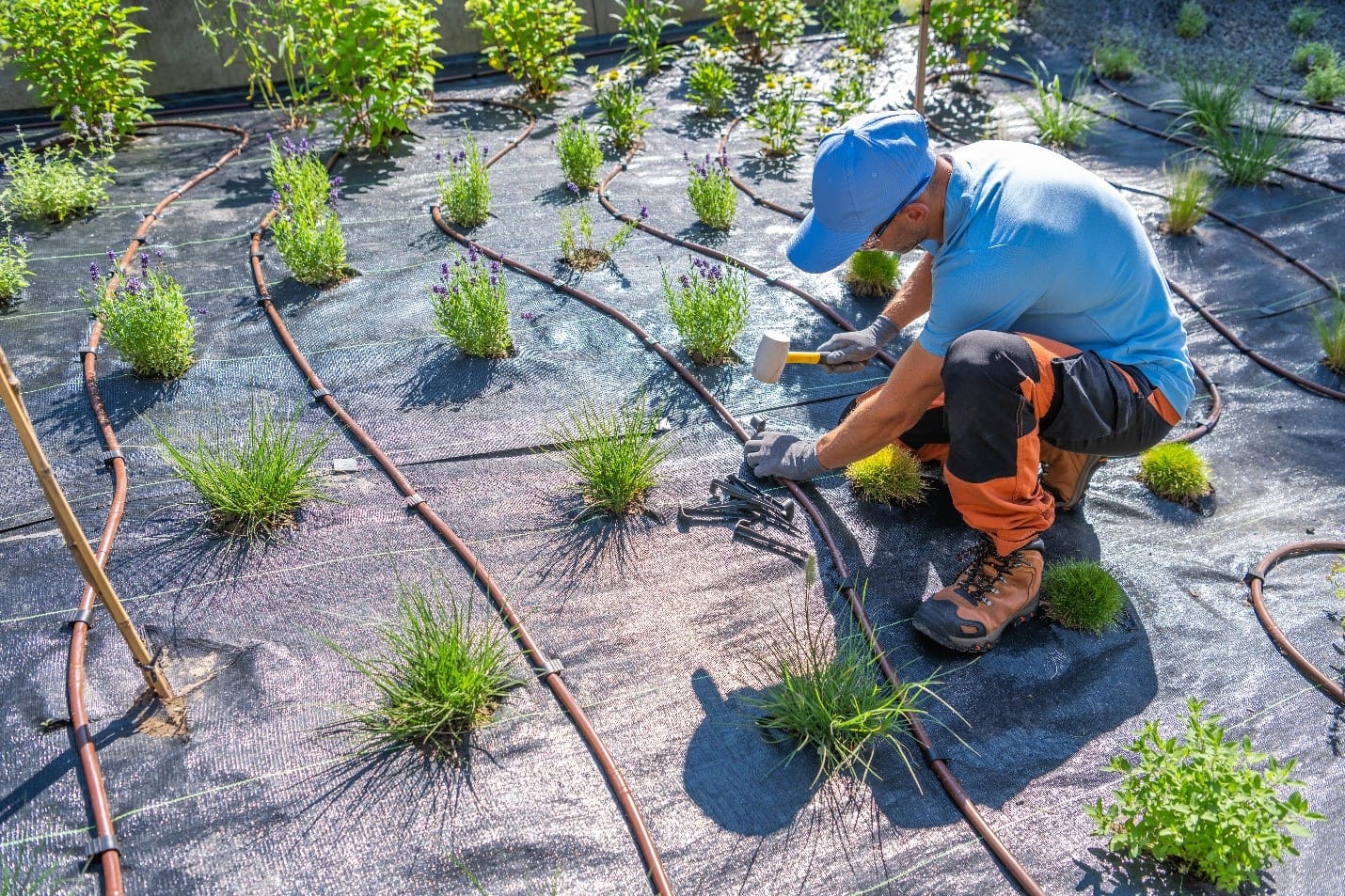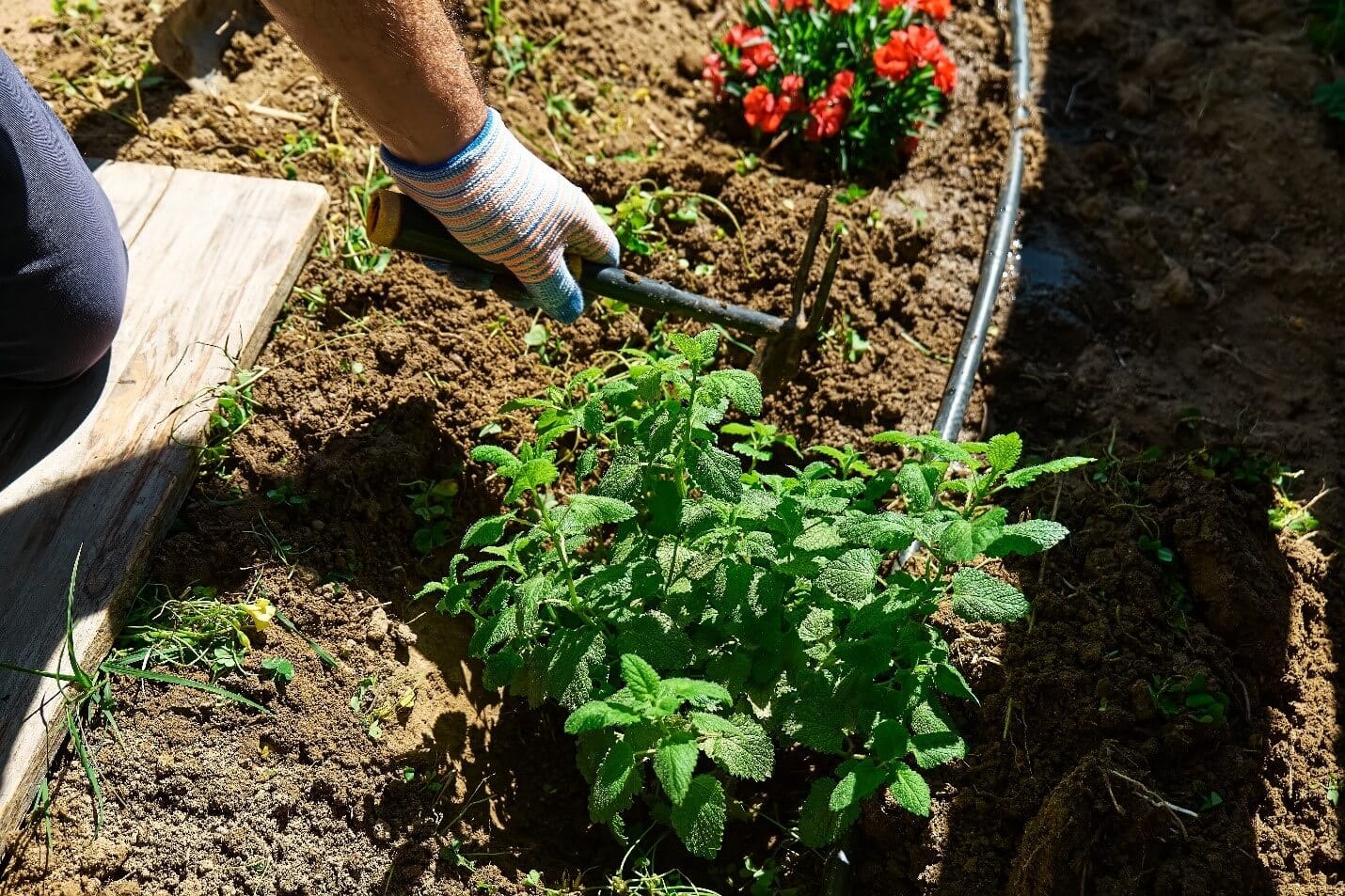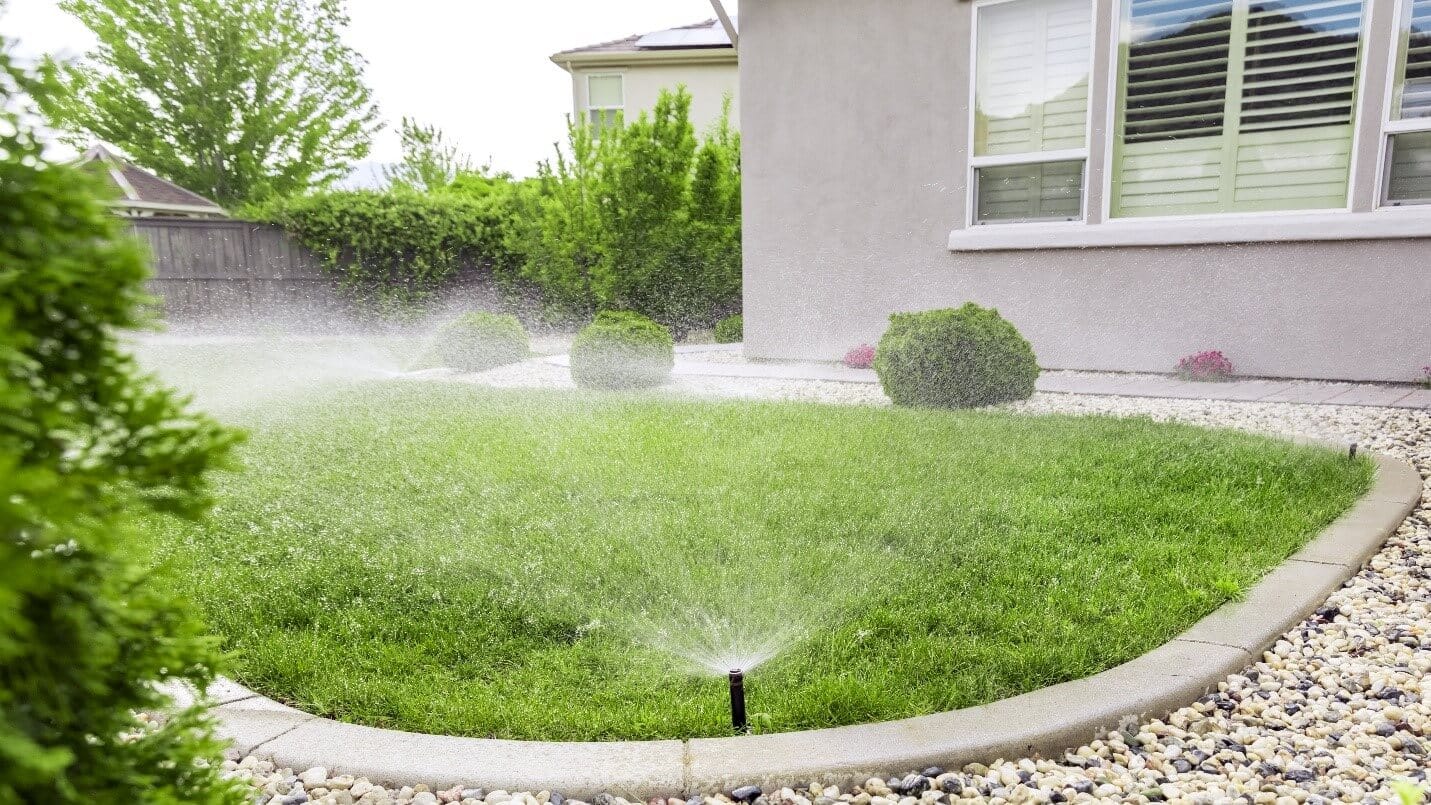
Introduction: Why Smart Irrigation?
If you ever step in to maintain your garden in Dubai, you already know how tough it can be. The extreme summer heat, sandy dry soil, and most importantly, limited rainfall, these all can make traditional watering methods so difficult and wasteful. I always struggled with rising water bills and plants that just won’t survive, no matter how much I give them care.
And then I discovered the power of a smart irrigation system. These systems use technologies like sensors, controllers, and even weather forecasts to water your plants more efficiently than you only when and where it’s needed.
Now, if you are setting up a drip irrigation system, a lawn irrigation system, or a full garden irrigation system, the benefits are immediate: decreased water usage, more healthy and green plants, and less effort.
In this beginner guide, you’ll discover everything from how to install a lawn irrigation system to setting up your own DIY lawn irrigation system, everything is step by step to make your journey easy.
How Smart Irrigation Systems Work:
Smart irrigation systems are specially designed to make your life easier by watering your garden intelligently, not just on a timer but also based on what your plants and soil need. These systems use a combination of sensors, controllers, and timers to automate the process.
| Component | What It Does |
| Sensors | Detect soil moisture, temperature, and sometimes sunlight levels |
| Controllers | Act as the “brain” of the system—decide when and how much to water |
| Timers | Schedule watering cycles but can adjust timing based on sensor and weather data |
In Dubai, weather changes so frequently that these smart systems contain the ability to use real-time weather updates and soil conditions to make decisions.
Example:
If it’s cloudy and humidity is high, then the system might skip or reduce watering levels. But if the soil is dry, it’ll activate only in the zones that need it.
Instead of guessing when to water, the system does the job properly to save your water, irrigation system cost, and time while helping your garden survive in this challenging Dubai climate.

Planning Your Installation:
Planning is everything. If you’re impatient like me, then don’t repeat the mistakes I did. Before stepping into installing any lawn irrigation system or drip irrigation system, do proper planning. It’ll save your cost, water, and most importantly, time.
- Assess Your Garden Zones: Divide your outdoor area into different parts. Like I divided my garden in 3 parts: flowers, grass, and trees. A garden with different plant types needs separate watering zones because every plant has different water needs.
Example: - Grass may need daily watering.
- Drought-tolerant plants require much less water than others.
- Pots areas have different soil moisture levels.
This step helps your watering and irrigation system work efficiently by customizing water flow for each area.
- Calculate Water Demand: Observe how much water each zone requires. A few factors like your plant type, direction of sun exposure, or soil quality will affect this. If you’re using a drip irrigation system or irrigation sprinkler system, this calculation makes sure your plants get the exact amount of water they need.
- Check DEWA Compliance & Water Pressure: Before installing, check Dubai’s water authority “DEWA” rules, especially for backflow prevention and allowed systems. Also, test your home’s water pressure as well.
Planning right means your system will go smoothly, legally, and improve your plants’ healthy growth from day one.

Step-by-Step DIY Installation Guide:
Installing an irrigation system is something you can even DIY. But in Dubai, it might seem overwhelming and stressful, but with the right plan and strategy, it’ll all become effective and easy. I listed a step-by-step beginner-friendly guide to help you set up a smart and water-efficient garden irrigation system.
1. Layout Planning and Design:
First, map out your entire garden. Use pen and paper or a simple mobile app to sketch your outdoor space.
Write down:
- Plant types and zones (grass, flowers, shrubs, pots)
- Sunny vs shaded areas
- Existing water connection points
Divide the layout into watering zones depending on plants’ needs. If you want your water irrigation system to work effectively, then this step is most important. Label each zone clearly, it’ll help you during installation and maintenance.
2. Install Mainlines, Branch Tubing, and Emitters:
Lay the mainline tubing from your water source. This is your irrigation backbone.
From the mainline, run branch tubing toward each garden zone. Use T-connectors or elbows as needed.
Attach emitters and drippers directly into the branch tubing and place them close to the plant roots. For irrigation sprinkler systems, install the sprinklers where needed and make sure it covers the required area without overlapping too much.
Pro Tip: Use irrigation system parts such as filters, clamps, and stakes to keep everything secure and clean.
3. Connect to a Water Source and Test the Flow:
Connect your setup to your outdoor faucet. Use a timer to automate the watering schedule. To check, turn on the system and note:
- Water flow and pressure
- Leakages or clogged emitters
- Even water distribution across all zones
If you’re facing low pressure, then set up a pressure regulator.
4. Zone Labelling and Final Pressure Checks:
Label all the zones clearly. This will save your time if you ever need to adjust the water schedule or do irrigation system repair.
Lastly, check if the system aligns with your calculated water needs and water pressure standards. Adjust the flow rate per zone as required.
Configuring Your Smart Controller:
In Dubai’s unexpected weather, setting up your smart irrigation controller is the key to properly getting the best performance out of this system. Now, as your irrigation system parts are installed, the next step you must take is to connect and configure the controller for more efficient water use.
- Pairing Sensors and Weather Apps: Modern controllers allow you to pair them with soil moisture sensors and local weather stations. This connection helps your controller to make smart decisions. Also, you can simply connect it to weather apps that adjust watering based on rainfall, temperature, and humidity.
- Programming Schedules for Dubai’s Climate: In summer, set your irrigation system timer to water early morning or late evening to avoid evaporation. Use the zone-wise feature to schedule each system based on plants’ needs like less for drought-tolerant plants and more for grass zones.
- Using Mobile Apps & Wi-Fi Features: Most of the smart irrigation systems come with mobile apps. Through Wi-Fi, you can adjust watering from anywhere, monitor usage, or even get alerts if something wrong happens.
Sample Smart Controller Settings for Dubai
| Garden Zone | Suggested Watering Time | Frequency |
| Grass Lawn | 10 mins (early morning) | 3–4 times/week |
| Flower Beds | 8 mins | 2–3 times/week |
| Pots & Containers | 5 mins | Daily (small doses) |
| Trees & Shrubs | 15–20 mins | Once/week |
Pro Tip: Always start with lower watering times and then notice your plants response and moisture then adjust it
Cost Comparison: DIY vs. Professional
As I always prefer DIY in my life, when I started planning to install, the first question came to my mind was DIY or hiring a professional. So here I break out both solutions for you so you can decide which one suits you the best.
DIY Installation:
So, if your budget is limited, then I prefer going for DIY, especially for small to medium-sized gardens. You’ll only need to invest in a few essential components.
| Item | Estimated Cost (AED) |
| Drip irrigation kit (basic) | 250–400 |
| Smart controller with Wi-Fi | 300–700 |
| Tubing, connectors, filters, stakes | 150–300 |
| Soil moisture sensor (optional) | 100–200 |
| Total DIY Setup | 800–1600 |
You’ll also need basic tools and a few hours of weekend time, but the savings can be worth it.
Professional Installation:
Hiring irrigation system companies near you will cost more but is more convenient and offers expert setup with no flaws.
| Service | Estimated Cost (AED) |
| Full garden irrigation system | 2500–6000+ |
| Installation labor & design | 1000–3000 |
| Total Professional Setup | 3500–9000+ |
Hiring professional is great for larger properties or busy home owners, they will handle your layout, DEWA compliance and testing phase.
Long-Term Value:
Whatever route fits you, smart irrigation systems will save your money on water bills, reduce maintenance, and give you a more green, healthier garden. DIY gives budget control and learning experience while professionals give peace of mind and precision.
Maintenance & Troubleshooting:
If you check up regularly, it’ll keep the system running smoothly and prevent costly problems.
- Regular Cleaning and Leak Checks: I always check for leaks in tubing or near connectors once a month. If you clean your filters and emitters, it’ll prevent mineral build-up that comes from Dubai’s hard water. Clogged parts reduce water flow, and it’ll affect your plant’s health.
- Fixing Common Errors: I listed some common problems with their solutions:
| Issue | Quick Fix |
| Clogged Emitters | Soak in vinegar or flush with clean water |
| Uneven Pressure | Check for kinks, leaks, or use pressure regulators |
| Timer Not Responding | Reset controller or check Wi-Fi connection |
- Seasonal Adjustments and Upgrades: As in summer, increase the water frequency. During winter, reduce it. Also, if your garden expands, upgrade your system or add more emitters or controllers.
Staying consistent is key. Maintaining your lawn irrigation system makes the process more efficient, long-lasting, and eco-friendly.

Conclusion & Next Steps:
Let’s summarize what you’ve learned. Smart irrigation systems are the perfect solution for Dubai’s unexpected weather and dry soil conditions. Every step plays its role to create a garden that’s water-efficient, healthy, and low-maintenance. Planning your layout and choosing the right irrigation system parts to setting timers and using mobile apps all play their role.
If you feel pressured to do it all at once, simply don’t. Start with a small zone, maybe your flower bed or a small lawn area. Once you see results, then expand the system. It’ll feel easier and much rewarding.
Final Tip: In 2025, smart gardening is not just a trend, it has become a lifestyle. We all want our house to feel fresh, breathe in fresh clean air, and it all will be possible if we have a healthy garden outdoor. This system helps you to create your dream garden on a limited budget and saves a lot of energy.
So now, whatever you choose DIY or go with a pro, you’re already one step closer to greener, healthier, smart living. Happy gardening.
